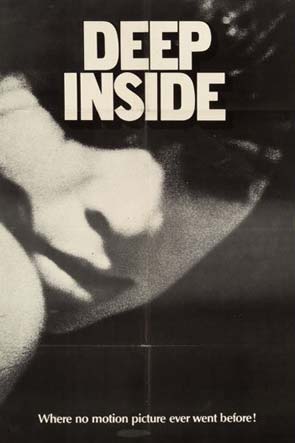At first glance, it may seem strange to juxtapose Spinoza and Heidegger, the first an ‘excommunicated’ Jew living in Amsterdam in the mid-1600’s (and then, The Hague), the other a German (and a dissident ‘Nazi’), living at the time of his lectures on Schelling, that is 1936, near Freiburg. Although, as we will see, Heidegger’s documented interest in Spinoza and ‘Spinozism’ had already arisen at least as early as the 1920’s, it is interesting that in his lectures, after his first mentions of Spinoza, Heidegger seems necessitated or compelled to explain to his audience (among whom were the panoptic Nazi auditors) that the latter is not properly a ‘Jewish thinker’, citing of course, his expulsion from the Jewish community at the age of 23. It should be remembered that well before this time, Heidegger already had a quite severe falling out with leading Nazi officials and academic operators, such as Alfred Baumler, who had not only prevented him from being elected President of the Berlin Academy of Sciences, but had also placed Heidegger under surveillance. Strangely enough, in a long report that would remove from Heidegger any hope of being elected President of the Academy of Sciences, it was stated that Heidegger was a schizophrenic, and that his philosophy was influenced by Jewish ideas (notably Husserl).
Beyond these perplexing historical considerations, however, the sigificance of Spinoza (and ‘Spinozism’) for Heidegger was long-standing and quite profound in relation to the development of his own philosophical perspective. Of course, it is Heidegger’s opposition to the rationalist and mathematical aspects of his philosophy that is most pronounced in all of his extant statements about Spinoza. (…)
Heidegger places a great emphasis upon the epistemic role of mood, and specifically, upon anxiety, in this context; and with the usual stipulations, we could argue that he has a different, and seemingly more positive, relationship with the (negative) emotional aspect of existence than does Spinoza. Of course, Spinoza, as Deleuze advertises, is a great seeker of Joy and pleasant emotions (in moderation); yet, it is his aversion to the ‘sad passions’ and ‘pain’ which clearly distinguishes him from Heidegger (and from Schopenhauer, for that matter). (…)
Heidegger, in the 1920’s phenomenology, is not speaking primarily of fear, as in the fear of death. He speaks instead of anxiety. Fear is a mood in which that which is feared is a threat that may happen or not. In this way, fear in Heidegger is the same as fear in Spinoza’s Ethics, as this emotion is always accompanied by hope (that some event, etc. will not occur). (…)
However, as stated, fear is not Heidegger’s primary concern, nor is it his epistemic source for the differentiation of our own being from that of entities. This is indicated, as I have mentioned, in anxiety, and again, we can find an analogue of this indication in Spinoza. For Heidegger, anxiety is a sense of a threat to our being that is insurmountable, of our own possibility of impossibility. In the absence of any hope, anxiety shares a family resemblance to Spinoza’s emotion of despair. That which is crucial here is that Heidegger contends that anxiety reveals to us the Nothing, which has the sense of the negativity of ourselves (finite transcendence), in our difference from generic beings and from any transcendent being. Moreover, as it is insurmountable, anxiety, in distinction from fear and the unreality of its sense of time, discloses the truth of what is there in its ultimate necessity.
In his radical, that is phenomenological and existential, ontology, Heidegger is seeking to disclose the specificity of our own human being, which, truth be told, is in each case, my own. Heidegger has, in this way, exposed a radical leap by Spinoza away from the truth, and into the consoling fiction of his notion of divine substance, which is meant to be imminent, to be our true being, but becomes, in its lack of being, perhaps the symbol of our greatest weakness and un-freedom. (…)
In our courage to face the futurity of our being-toward-death, we thus come to ourselves from out of the shadows – as the truth of Being. In this way, it could be contended that Spinoza does not give us an adequate conception of freedom, as he has failed, as Heidegger suggests in his lectures on Schelling, to disclose the true radicality and depths of human existence. (…) It is in this way that we affirm the desire which is our being, and do not take the path of renunciation for an eternal that is only a prison-house of graves.
{ James Luchte | Continue reading }
Thinking that the second kind of knowledge is a kind of mathematical knowledge, that’s an abominable silly thing, because then all Spinoza becomes abstract. / Mais penser que le second genre soit un type de connaissance mathématique, c’est une bêtise abominable parce que, à ce moment-là, tout Spinoza devient abstrait.
{ Deleuze on Spinoza, Cours de Vincennes, 1981 | Continue reading }





















